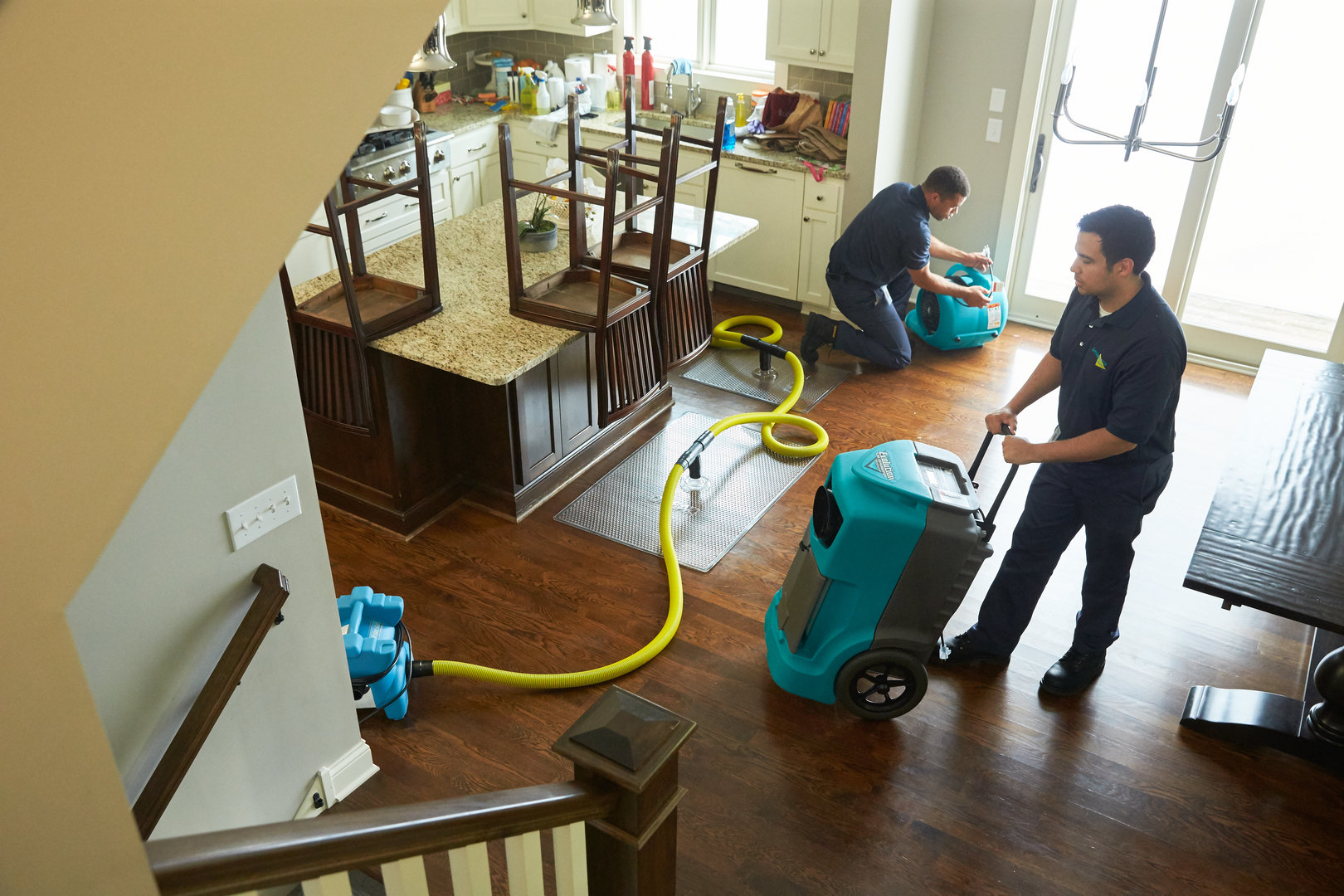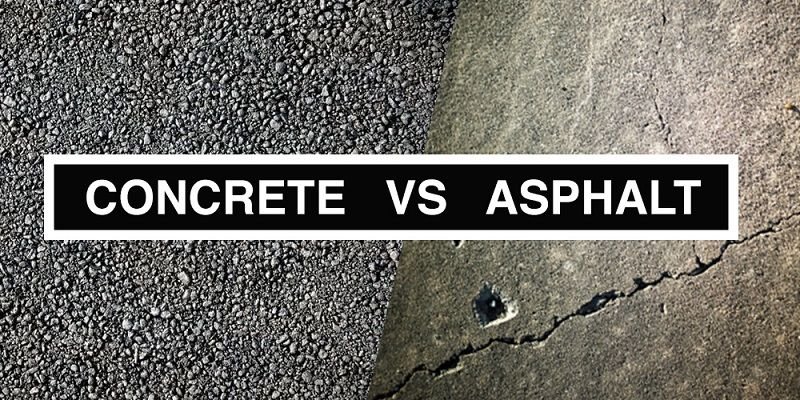
Water damage restoration is a complex process that must be completed quickly. It involves identifying the source of water, cleaning up, drying out, and replacing destroyed materials.
A professional water damage restoration Fort Wayne company can help you with this process. They’ll also be able to work directly with your insurance company to ensure you get the coverage you need.
Identifying the Source of the Water
Water damage can occur from many different sources, including flooding, burst pipes and a wide range of natural disasters. It is important to identify the source of the water damage and get it taken care of as quickly as possible.
The landscape around your home can help you to determine where underground water is located. For example, the presence of certain plants and trees that thrive in areas where there is water can be a helpful clue.
Groundwater is fresh water that is located below the earth’s surface in the subsurface pore space of soil and rocks. It also exists underground in aquifers, which are natural reservoirs that store water for later use.
Groundwater is more likely to be found in valleys than in hills, because it obeys the law of gravity and flows downward just as surface water does. The presence of “water-loving” plants in arid regions is another clue to the existence of underground water.
Cleaning Up
When a home or building has water damage, the cleanup process should begin as soon as possible. After all, the longer a home or building remains in contact with water, the greater the risk of biohazard contamination, mold growth and structural damage.
To get started, remove standing water with a pump or pail. Don’t try to lift large buckets of water because they can be heavy and the water may contain contaminants that can pose a risk of serious injury.
Then, thoroughly disinfect the affected areas. You can use a bleach solution or a homemade disinfectant to kill any microorganisms that may be present.
You can also use a portable air mover to help dry out flooded areas. But make sure to circulate the air in the flooded area so that mold does not grow.
Drying Out
Drying out the mess caused by water damage is a crucial step in restoring your property. Leaving drywall, carpeting and other materials that have become saturated with water untreated can result in mold growth, wood rot and other long-term problems.
During the drying process, your professional restoration company may use air movers or dehumidifiers to keep the air circulating and moisture levels low. These techniques can help speed up the water damage restoration process by reducing the amount of time it takes for the area to return to its original, pre-loss condition.
The length of time it takes for your home to dry depends on a number of factors, including the severity of the damage, how many rooms need to be dried and whether or not any demolition is needed. For an average-sized home, it usually takes 3-5 days to completely dry out.
Replacing Destroyed Materials
Replacing destroyed materials is an important part of the water damage restoration process. In general, this involves repairing or replacing items like insulation, carpeting and drywall that have been submerged in water.
This process is a bit trickier than just vacuuming up standing water, but should be handled by professionals who understand the science behind it.
The best way to ensure your property gets back to normal after a disaster is to hire an experienced water damage restoration company with a staff of certified experts and insurance coverage. The companies you call should also have an emergency line and be able to assist with filing your claims.
The best restoration services may be a combination of several different firms, so make sure to compare cost and service. It’s also a good idea to find out if the firm has a reputation for using state of the art equipment and securing top notch insurance coverage. They may be the ones that can make your house look brand new again.





